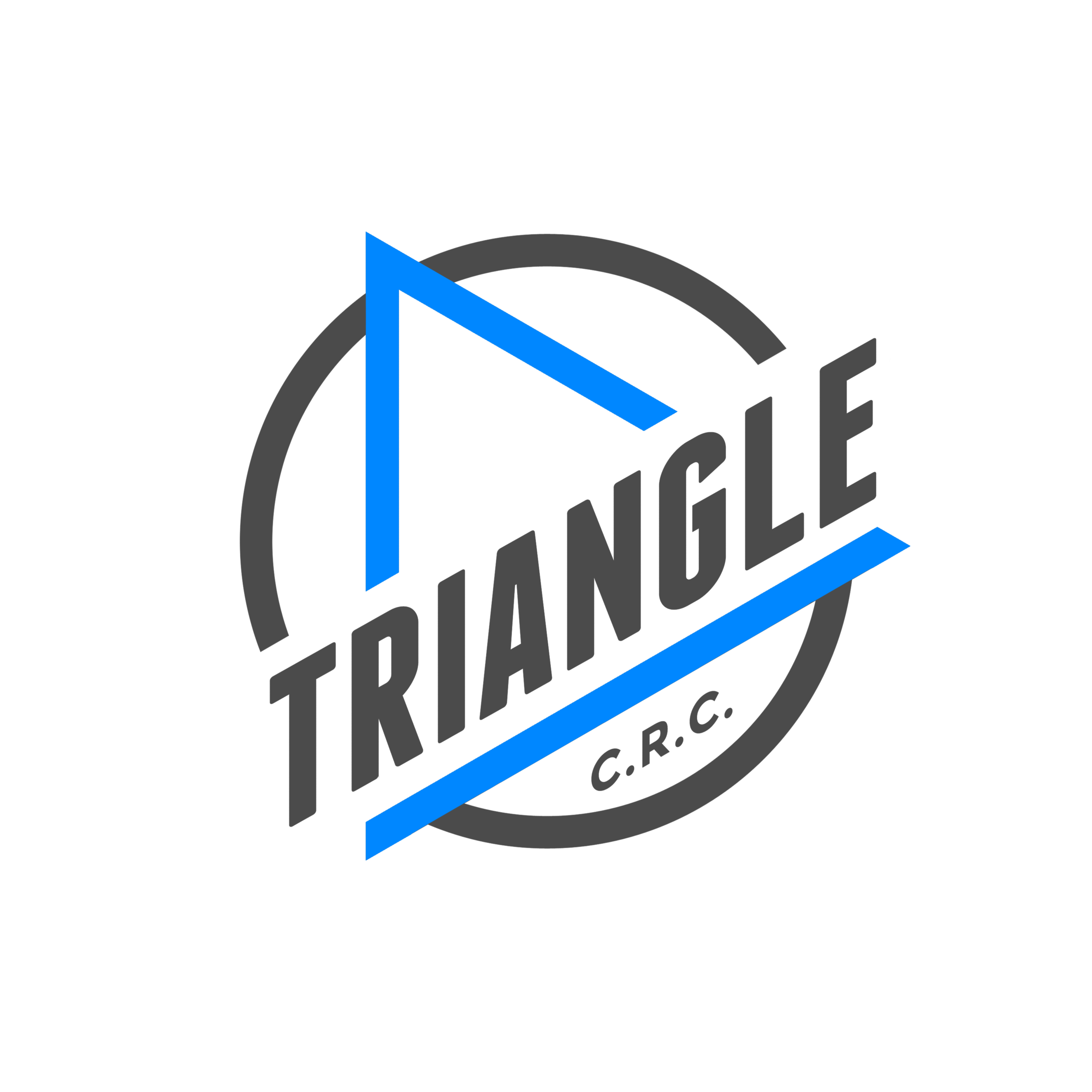Shoes
I've had a lot of patients recently bring up the subject of shoes. A couple have commented on my "toe shoes" if I happen to be wearing a pair of my Vibram Five Fingers, a few have said that they're in the market for new shoes, some have said they have thought about barefoot running, and one actually said she just bought a pair of shoes that changed her life. So how do you know what shoes to wear?Read more ...
Well, you might have guessed it, but I can't answer that question via a computer. A gait analysis by a professional can certainly be a great place to start (yours truly happens to do gait analysis with each new patient). There are a few things to think about when it comes to what's hugging your feet.If you're regularly wearing heels, I've got bad news: I'm not a fan. And it's not just me, either - your legs would agree. Elevating your heel only, and not the rest of your foot, minimizes the amount of movement in your ankle joint, and shortens your calf muscles. While that might not sound so bad, consider this: ankle mortise dorsiflexion (the exact movement that is lost when wearing heels) is crucial in the gait cycle. Without it, your body will need to figure out another way to get your body past your immobile ankles, which can lead to bunions, knee pain, hip pain, and low back pain! (1) Not to mention the shape of heels is not conducive to proper foot, ankle, or leg function!What about Danskos? Those are stable, which is good, right? Simply put: wrong. The more stability a shoe has, the more immobile your foot becomes. You have 33 joints in your foot, so it's obviously supposed to move, and all of those joints are loaded with proprioceptors (more on that in a sec)! Taking your shoes off or wearing a neutral shoe allows your foot to give you feedback from the earth. If you're wearing a stiff shoe and you step off a curb, there's nothing to stop you from twisting your ankle. If you're in a neutral shoe or BAREFOOT and you step off a curb, the proprioceptors (fancy word for nerves that tell you where you are in space) in your feet help you respond to the change in terrain and actually help PREVENT injury. That's right, the less support you have for your feet, the better it is for the rest of your body.That being said, I'd like to point out that although it might be a great idea to kick off your shoes and let your feet start thinking for you, you still need proper biomechanics in your lower extremities. Some people benefit from orthotics - either over the counter or custom-made ones - while others are better off shoeless. A gait analysis by a professional can help you figure out if being barefoot is better or if your stuck in those foot coffins for good.Dr. Lindsay Mumma - lindsaymumma@gmail.com - is a chiropractor at Triangle Chiropractic and Rehabilitation Center in Raleigh, NC. Her clinic focuses on offering multiple manual therapy options for pain management and functional improvement. For more information, please visit www.triangleCRC.com .1. Michaud, Thomas C. Human Locomotion: The Conservative Management of Gait-Related Disorders. 2011. Newton Biomechanics. Newton, Mass.
